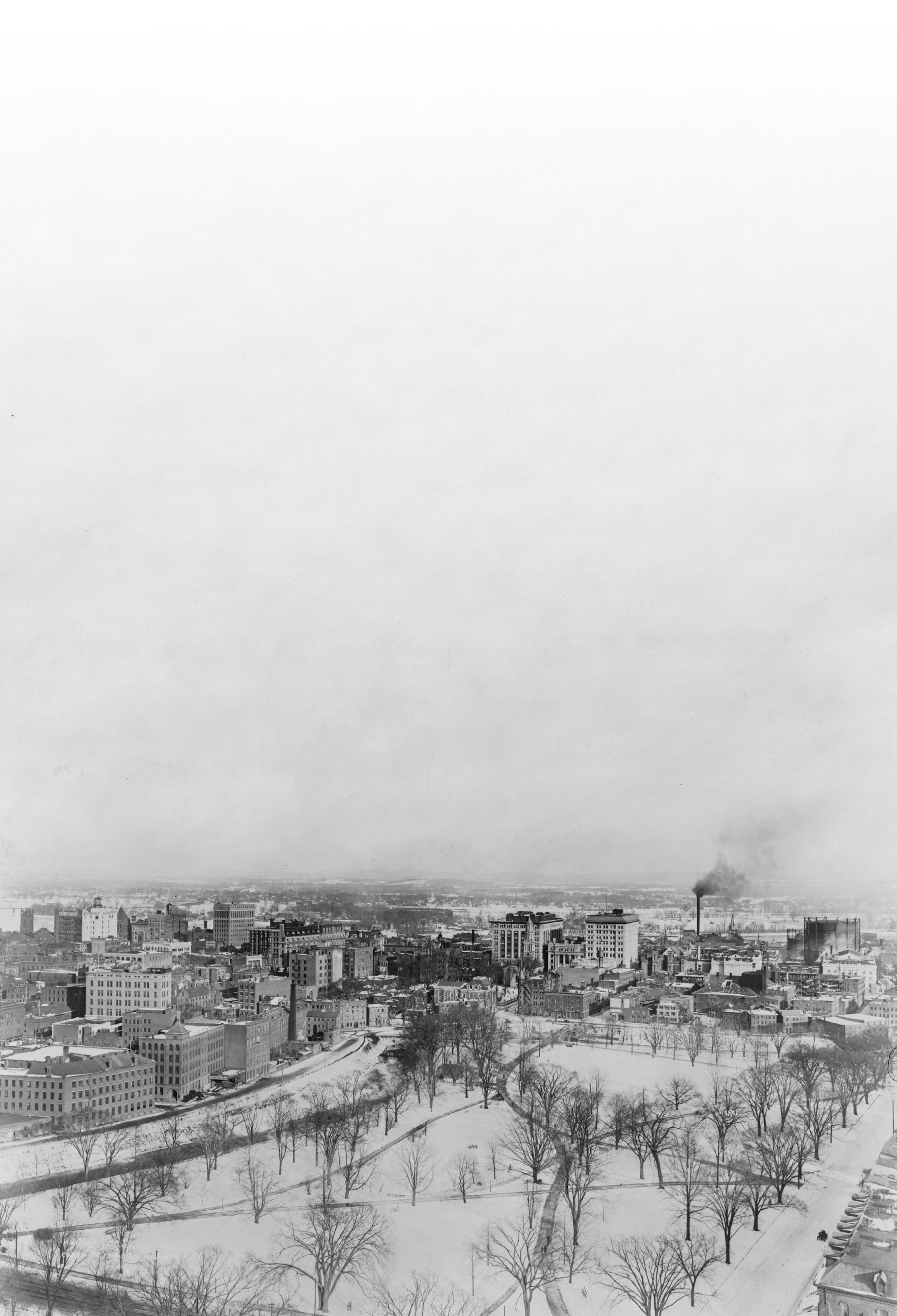
2 minute read
Pathways
In October 1853, the Reverend Horace Bushnell, pastor at Hartford’s North Congregational Church (now Immanuel Congregational) and one of America’s leading theologians, stood before the 29-member Hartford City Council with a novel proposal—to establish a municipal park in the heart of downtown. His was a radical idea, not simply because the location for his proposed park at the time was home to factories, tanneries, crowded tenements, and a heavily polluted river, but because Bushnell believed the park should be created using public, not private, funds.
In the mid-19th century, cities across the country were rapidly expanding (Hartford’s population would double between 1850 and 1860) driven by manufacturing, printing, textiles, banking, and other industries. But poor sanitation, pollution, and other public health crises accompanied this economic boom. Civic leaders began to advocate for urban parks as a respite from the ill-effects of industrialization. Private investors contributed funds for parks, including in New York City, where land was already being purchased for what would become Central Park.
But after hearing Bushnell’s hour-long presentation, the City Council voted unanimously to allocate $105,000—over $4 million today—to purchase 40 acres to create the park. And in January 1854, Hartford voters approved the measure by nearly a 3 to 1 margin, making it the first publicly funded park in the nation.
It took several years for the City to acquire the land for the park. Finally, in 1860, recognizing the need for a comprehensive plan, Bushnell called on his lifelong friend and Hartford native, Frederick Law Olmstead, to design the park. But Olmstead was busy designing Central Park and recommended Jacob Weidenmann, a Swiss-born landscape architect and botanist, for the job. Weidenmann selected 157 varieties of trees and shrubs—1,100 individual specimens—to be planted in natural settings, a divergence from the more formal New England town greens of the day. Today Bushnell Park still provides space for people of all backgrounds to come together for concerts, festivals, cultural events, and much-needed respite from the harried pace of city life.

[Bird’s-eye view of Hartford, Connecticut, from Capitol, after snowfall] [graphic]. c1916. U.S. GEOG FILE - Connecticut-Hartford [item]







